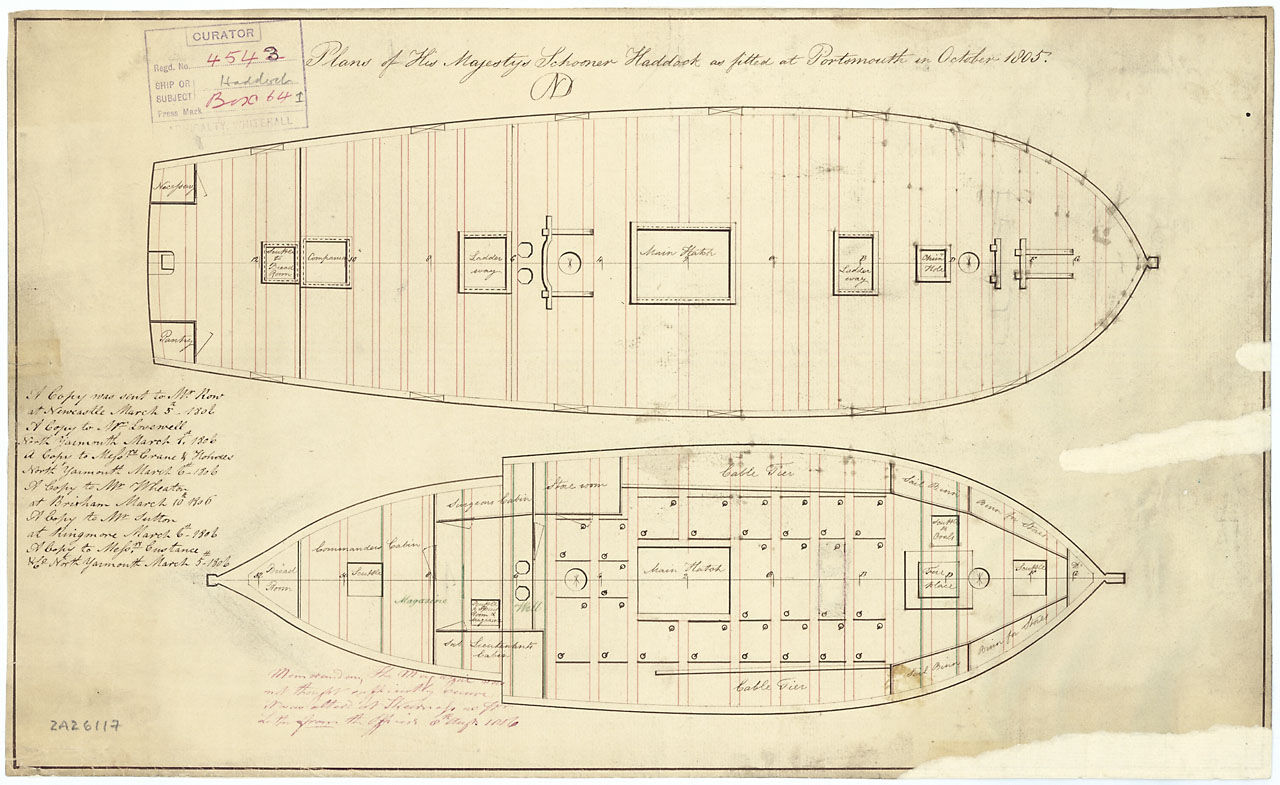Ballahoo Class Schooner on:
[Wikipedia]
[Google]
[Amazon]
 The ''Ballahoo'' class (also known as the Fish class) was a
The ''Ballahoo'' class (also known as the Fish class) was a
 The ''Ballahoo'' class (also known as the Fish class) was a
The ''Ballahoo'' class (also known as the Fish class) was a Royal Navy
The Royal Navy (RN) is the United Kingdom's naval warfare force. Although warships were used by English and Scottish kings from the early medieval period, the first major maritime engagements were fought in the Hundred Years' War against F ...
class of eighteen 4-gun schooner
A schooner () is a type of sailing vessel defined by its rig: fore-and-aft rigged on all of two or more masts and, in the case of a two-masted schooner, the foremast generally being shorter than the mainmast. A common variant, the topsail schoon ...
s built under contract in Bermuda
)
, anthem = "God Save the King"
, song_type = National song
, song = " Hail to Bermuda"
, image_map =
, map_caption =
, image_map2 =
, mapsize2 =
, map_caption2 =
, subdivision_type = Sovereign state
, subdivision_name =
, e ...
during the Napoleonic War. The class was an attempt by the Admiralty to harness the expertise of Bermudian shipbuilders who were renowned for their fast-sailing craft (particularly the Bermuda sloops). The Admiralty ordered twelve vessels on 23 June 1804, and a further six on 11 December 1805.
Construction
A number of different builders in different yards built them, with all the first batch launching in 1804 and 1805. The second batch were all launched in 1807. Goodrich & Co acted as the main contractor to the Navy Board, and in many cases the actual builder is unrecorded. They were all constructed ofBermuda cedar
''Juniperus bermudiana'' is a species of juniper endemic to Bermuda. This species is most commonly known as Bermuda cedar, but is also referred to as Bermuda juniper (Bermudians refer to it simply as ''cedar''). Historically, this tree formed wo ...
.
This durable, native wood, abundant in Bermuda, was strong and light, and did not need seasoning. Shipbuilders used it for framing as well as planking, which reduced vessel weight. It was also highly resistant to rot and marine borers, giving Bermudian vessels a potential lifespan of twenty years and more, even in the worm-infested waters of the Chesapeake and the Caribbean.
Operational lives
Of the eighteen vessels in the class, only two were not lost or disposed of during the war, surviving to be sold in 1815-6. Twelve were wartime losses, and four were disposed of before 1815. William James wrote scathingly of the ''Ballahoo'' and subsequent ''Cuckoo''-class schooners, pointing out the high rate of loss, primarily to wrecks or foundering, but also to enemy action.James (1837) Vol. V, pp. 45–46. He reports that they were "sent to 'take, burn, and destroy' the vessels of war and merchantmen of the enemy". The record suggests that none seem to have done so successfully. In the only two (arguably three) cases when the ''Cuckoo''-class schooners did engage enemy vessels, in each case the enemy force was much stronger and overwhelmed the ''Cuckoo''-class schooners. James also remarks that:Ships
Orders of 23 June 1803
The first twelve were intended for three different stations: *Newfoundland
Newfoundland and Labrador (; french: Terre-Neuve-et-Labrador; frequently abbreviated as NL) is the easternmost province of Canada, in the country's Atlantic region. The province comprises the island of Newfoundland and the continental region ...
: ''Herring'', ''Mackerel'', ''Pilchard'', and ''Capelin''
*Jamaica:- ''Barracuta'', ''Whiting'', ''Pike'', and ''Haddock''
*Leeward Islands: ''Flying Fish'', ''Ballahou'', ''Grouper'', and ''Snapper''.
Orders of 11 December 1805
Citations
References
* * * * {{Ballahoo class schooner + Ships built in Bermuda Ship classes of the Royal Navy Schooner classes